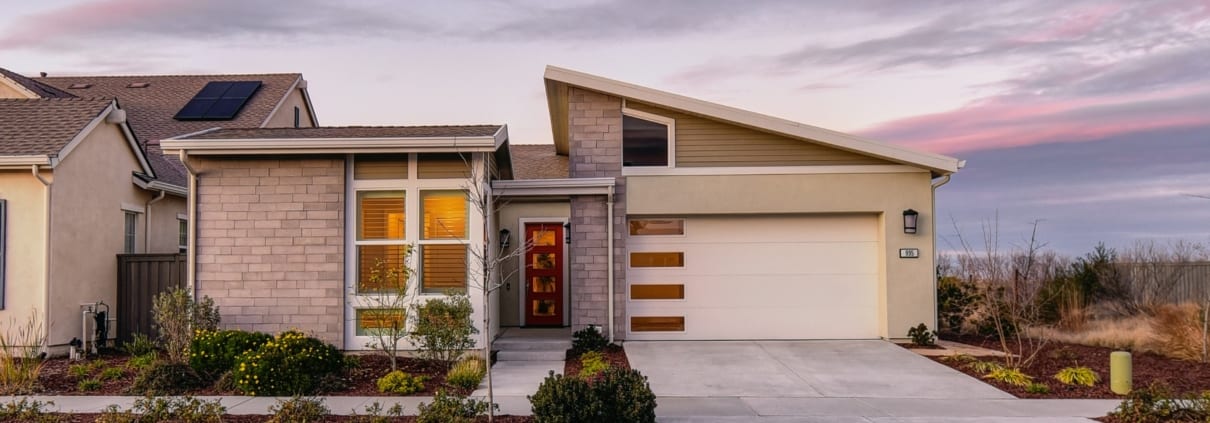The Reality of Real Estate – The Hidden Costs of Owning and Maintaining a Home
Buying a house comes with upfront costs as well as recurring monthly costs, but that’s not all. Your home will also have unexpected issues that arise and will take dollars out of your pocket to fix. You have to be ready to make your payments on your residence as well as have a fund set aside to take care of maintaining your property and an emergency fund should any major problems arise.
In fact, these hidden costs of owning and maintaining a home may mean you want to search for a place that costs a little bit less than what the lenders have pre-approved you for. The extra money you save can go towards the new saving accounts you’ll have to open – one for home maintenance and one for emergencies.
How much should you budget for?
There are differing opinions on how much money you should be allocating to your maintenance fund each month. According to Freddie Mac, homebuyers should budget up to 4% of the property’s value in annual maintenance costs. On the other hand, The Balance suggests budgeting to spend at least $1 per square foot of your home in maintenance costs each year. As real estate experts, we advise erring on the side of safety and budget by whichever value is more.
Basic expenses you’ll face as a homeowner.
Your mortgage payment is only the start of the costs you’ll have to pay. Other expenses could include:
- Annual property taxes
- Landscaping
- Hazard insurances
- Heating and electricity
- Water
- Sewer
- Internet service/Cable
- Property management fees
- Private mortgage insurance
- Homeowner’s association fees
- Replacing appliances
Big-ticket items will eventually need replacing.
It’s likely that at one point or another, your home will need to have appliances and larger housing components replaced. Below are the average life spans of some of the items in your home. (Bonus tip: always find out how long it’s been since items in the home were replaced – it will help you estimate the higher upfront costs you could be facing if something needs to be replaced within months of moving in.)
- Roof – 20 to 30 years
- Carpet – 8 to 10 years
- Linoleum floors – 25 years
- Vinyl floors – up to 50 years
- Wood, marble, slate, and granite – 100 years
- Decks – 20 years if well-maintained
- Oil furnace – 20 years
- Gas furnace – 18 years
- Electric furnace – 15 years
- Central air conditioner – 15 years
- Gas range – 15 years
- Electric range – 13 years
- Refrigerator – 13 years
- Dryer – 13 years
- Freezer – 11 years
- Washing machine – 10 years
- Dishwasher – 9 years
Tips for keeping your home costs down.
If you’ve found some of this information a little overwhelming, there are things you can do now to help you lower your costs, like:
- Get a thorough inspection in advance and take action on the issues that the inspector finds.
- Be proactive about fixing items early. Small issues can turn into big issues if not dealt with.
- Consider a home warranty plan.
- Switch to energy-efficient appliances and improvements whenever you have to replace something.
As a first-time homebuyer, it’s crucial to understand the hidden costs that you will face as a homeowner and start budgeting for them early. The David Morris Group is always happy to show you the ins and outs of owning a home and help you make the transition from renter to homeowner seamlessly. Give us a call at 775-828-3292.














